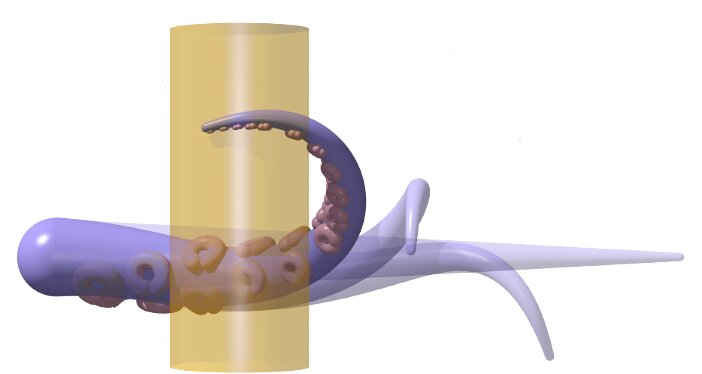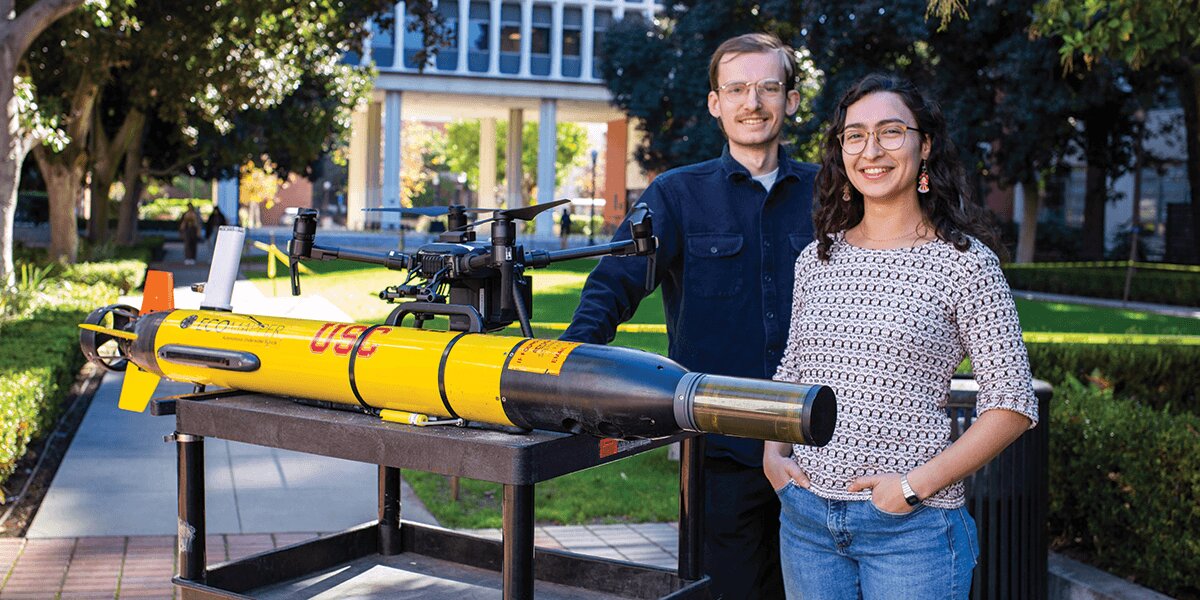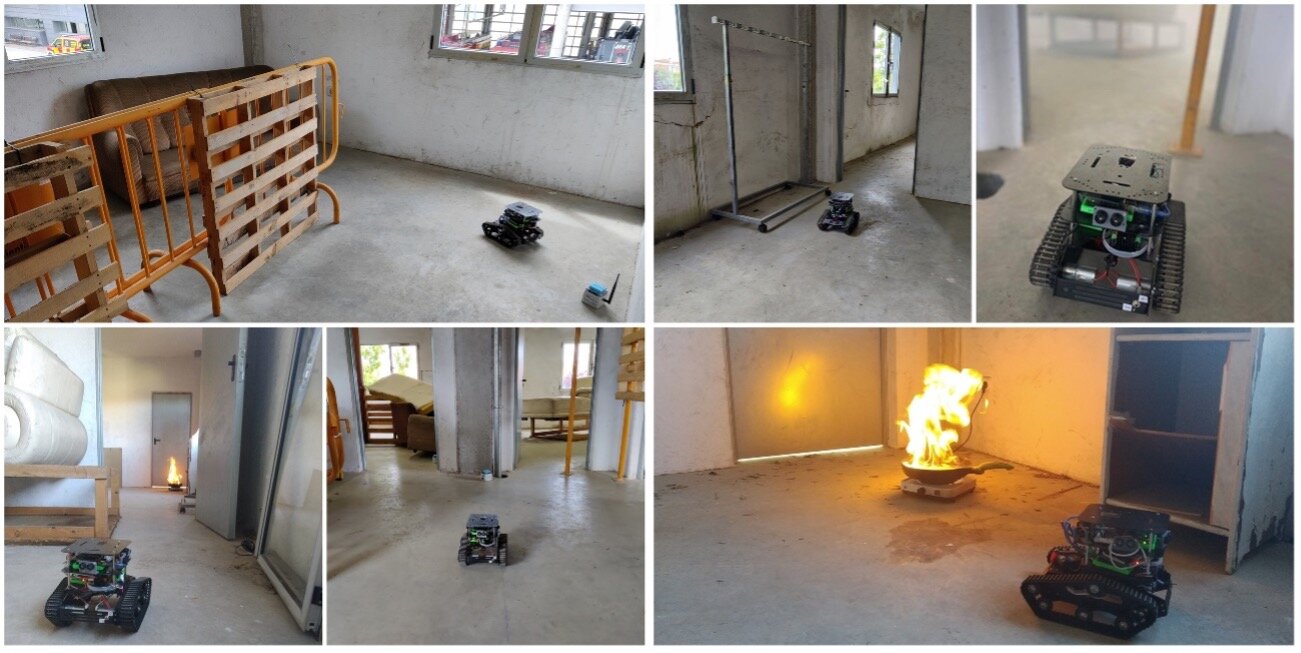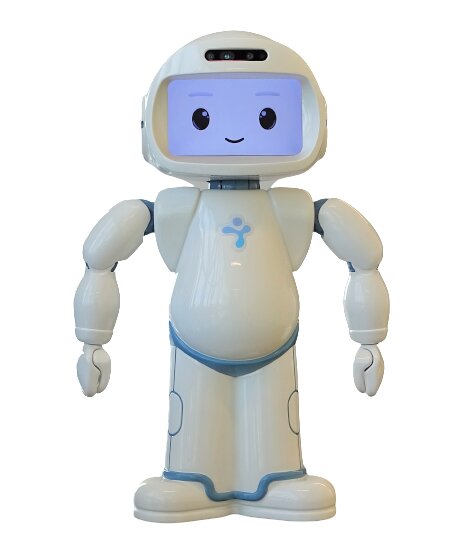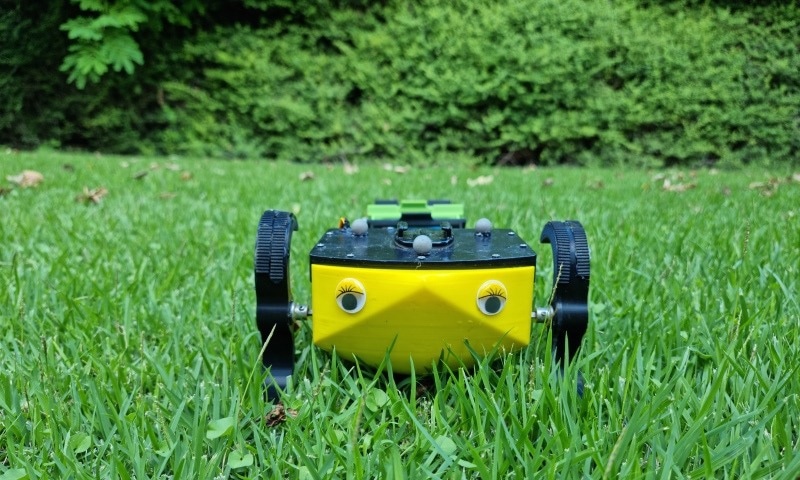- Joined
- 18 June 2009
- Messages
- 1,413
- Reaction score
- 2,496
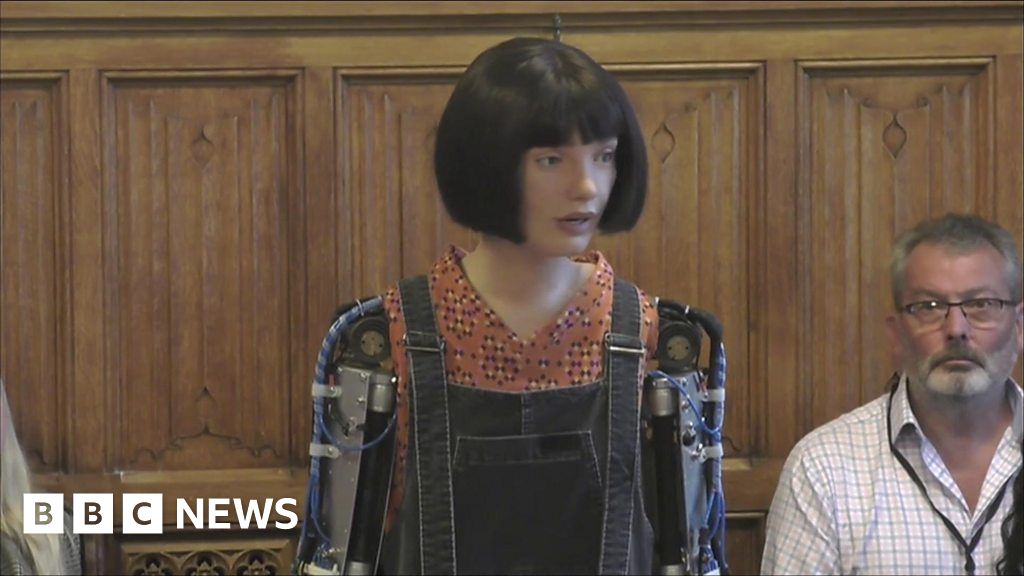
A new twist on the Turing Test - can you bore a robot?
Robot falls asleep while being quizzed by Lords
Humanoid robot artist Ai-Da needs a reset after being quizzed by a Lords committee about how she creates art.www.bbc.com
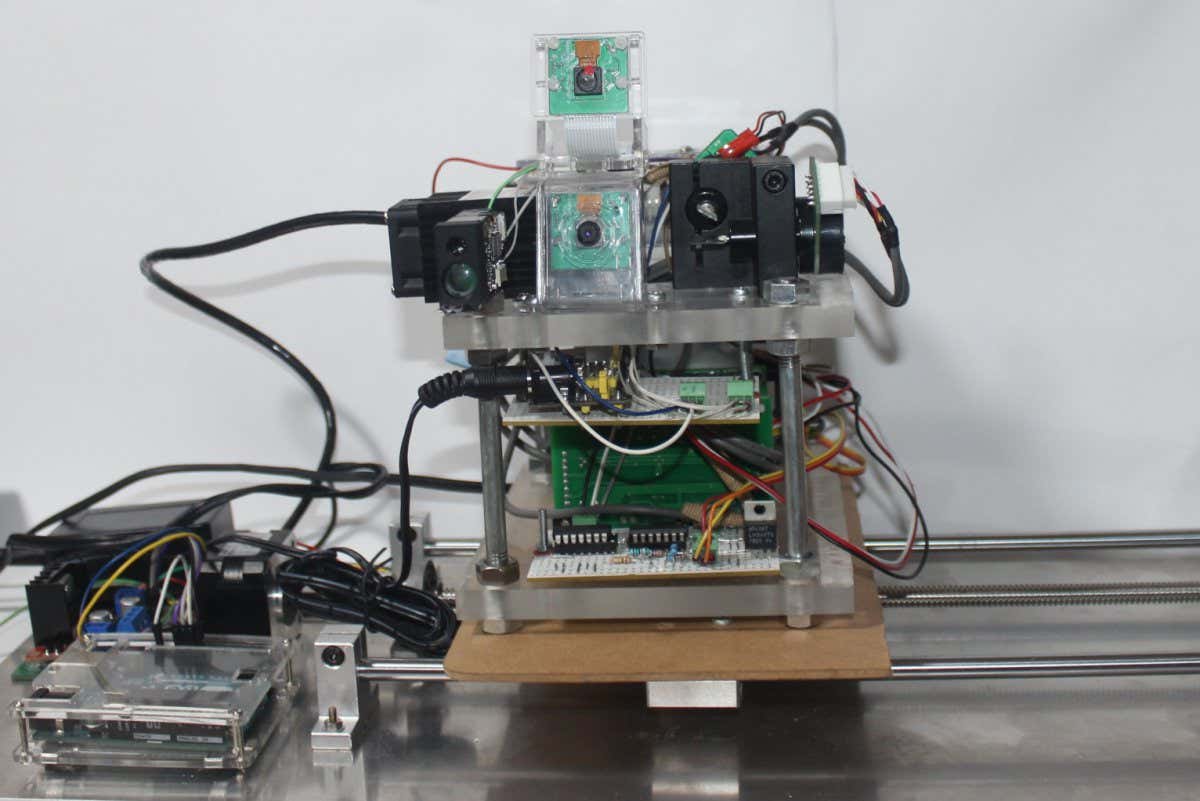
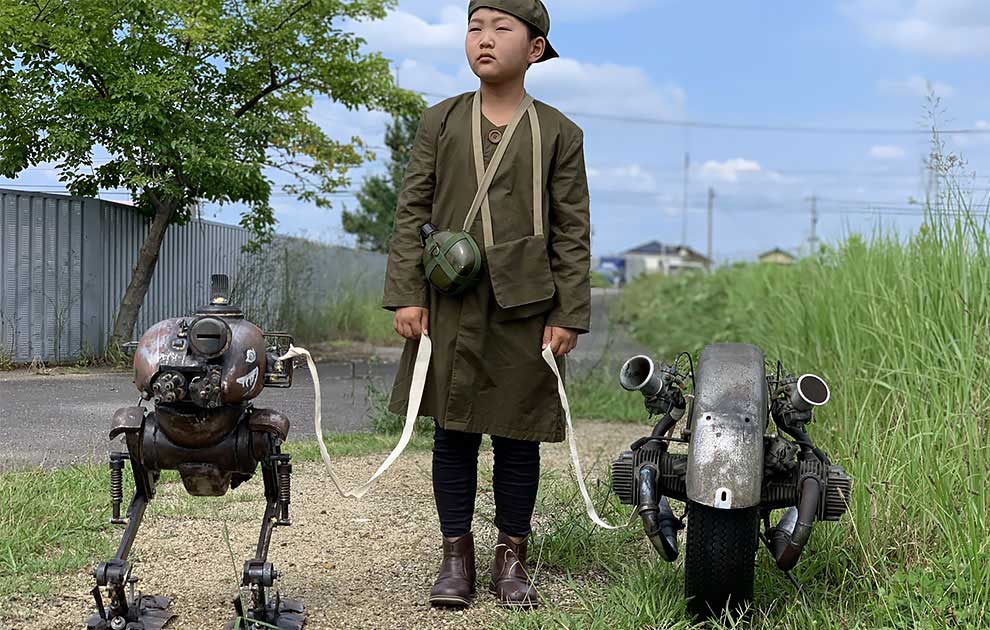
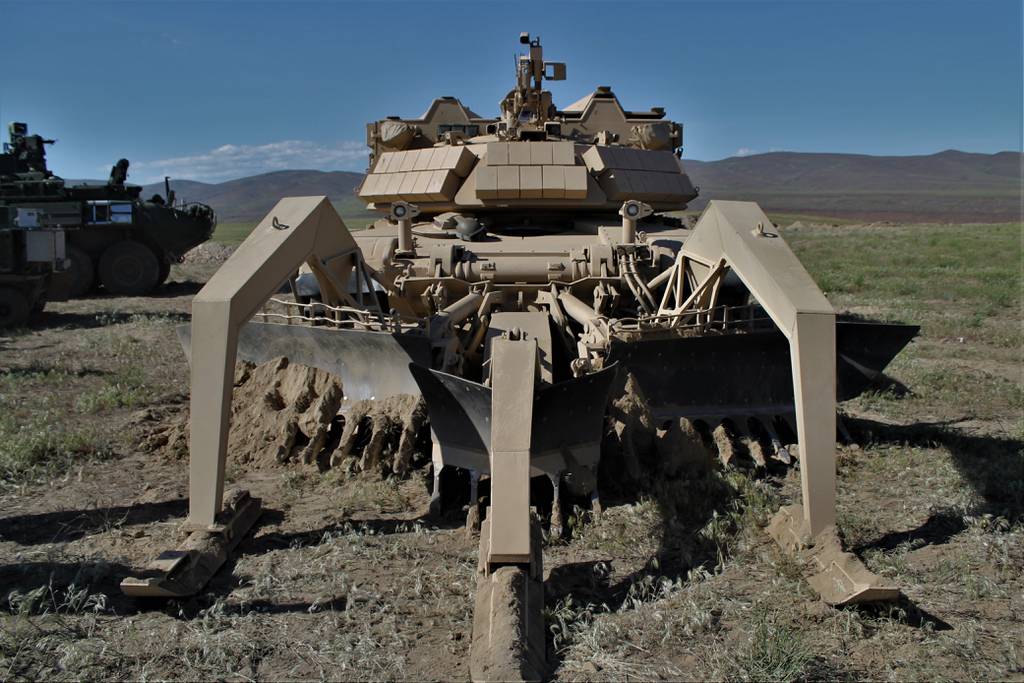

 www.thedefensepost.com
www.thedefensepost.com

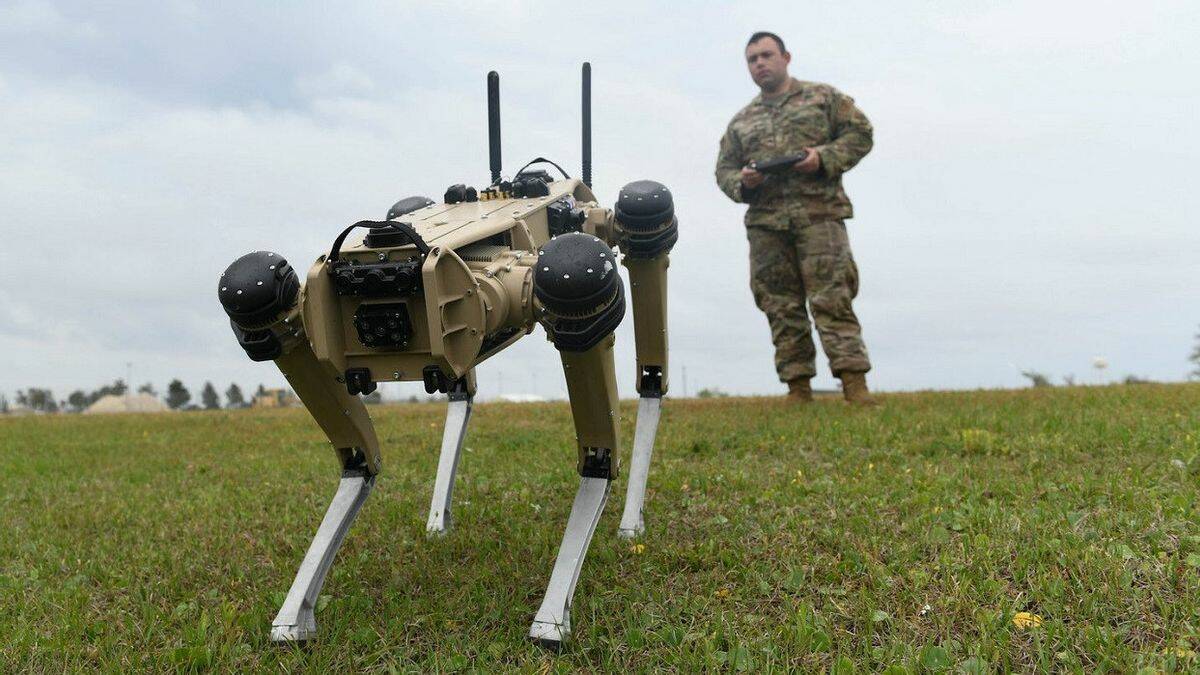
That may be tricky. Unless Boston Dynamics can point to specific software, Ghost will be able to argue that an optimally efficient gait is determined by physics, meaning that 'convergent evolution' is inevitable.
Boston Dynamics sues robot dog tech rival Ghost Robotics
The way your computerized canine walks down the stairs looks familiar to us, claims MIT spinoffwww.theregister.com
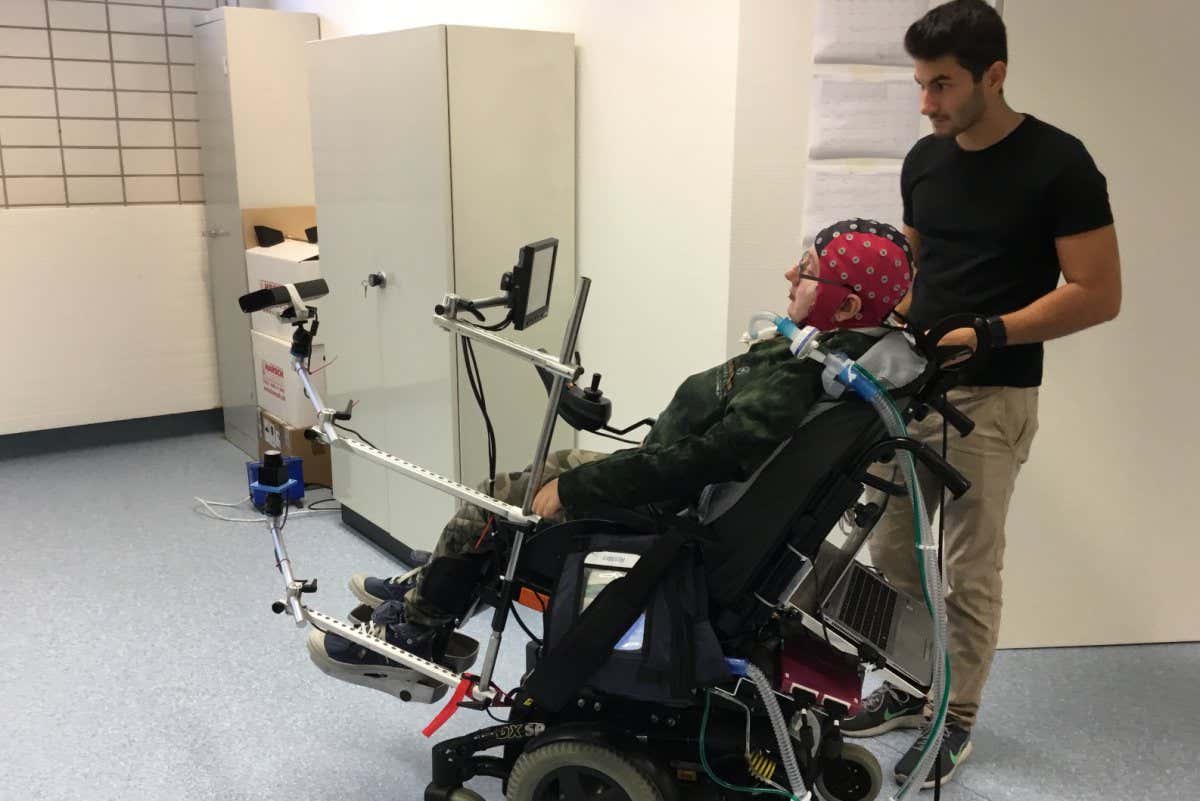
The first robot revolt story and the origin of the word 'robot.'
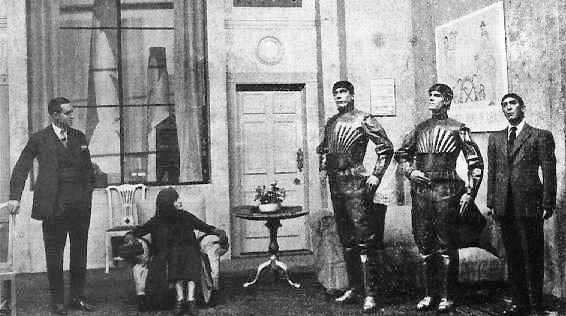

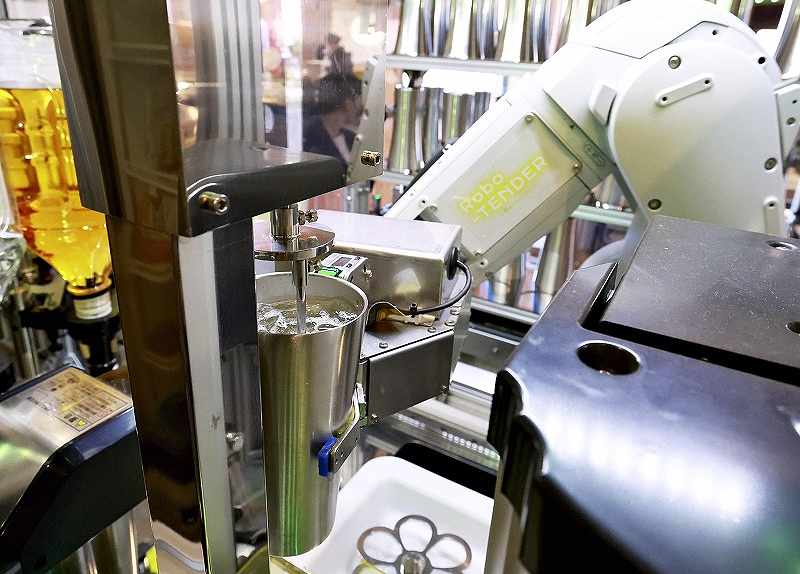

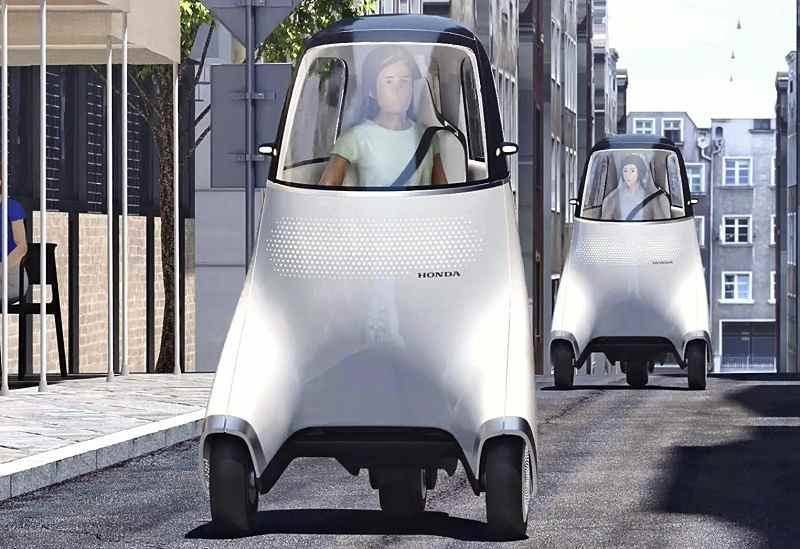
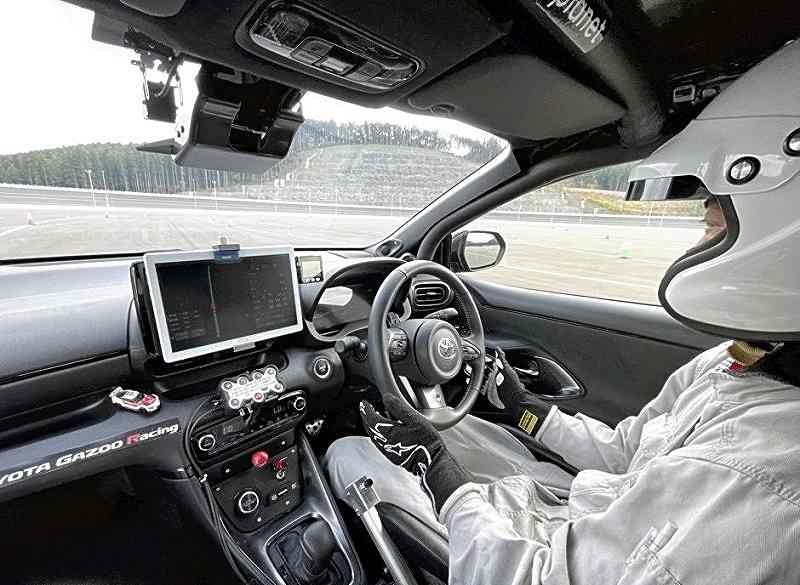


Good point! As an exercise in biomimetics, it's modelled on a bird, which has legs that are deadweight in flight. The pterosaurs combined the functions of ground locomotion and flight in the same limbs. The azhdarchids were particularly good at this: their powerful wing muscles were used for launch as well as flapping and, judging by grooves in their bones, had elastic tendons acting like bungee cords to recover energy during liftoff.Hence, it's a payload by itself that will compete with the UAV function.
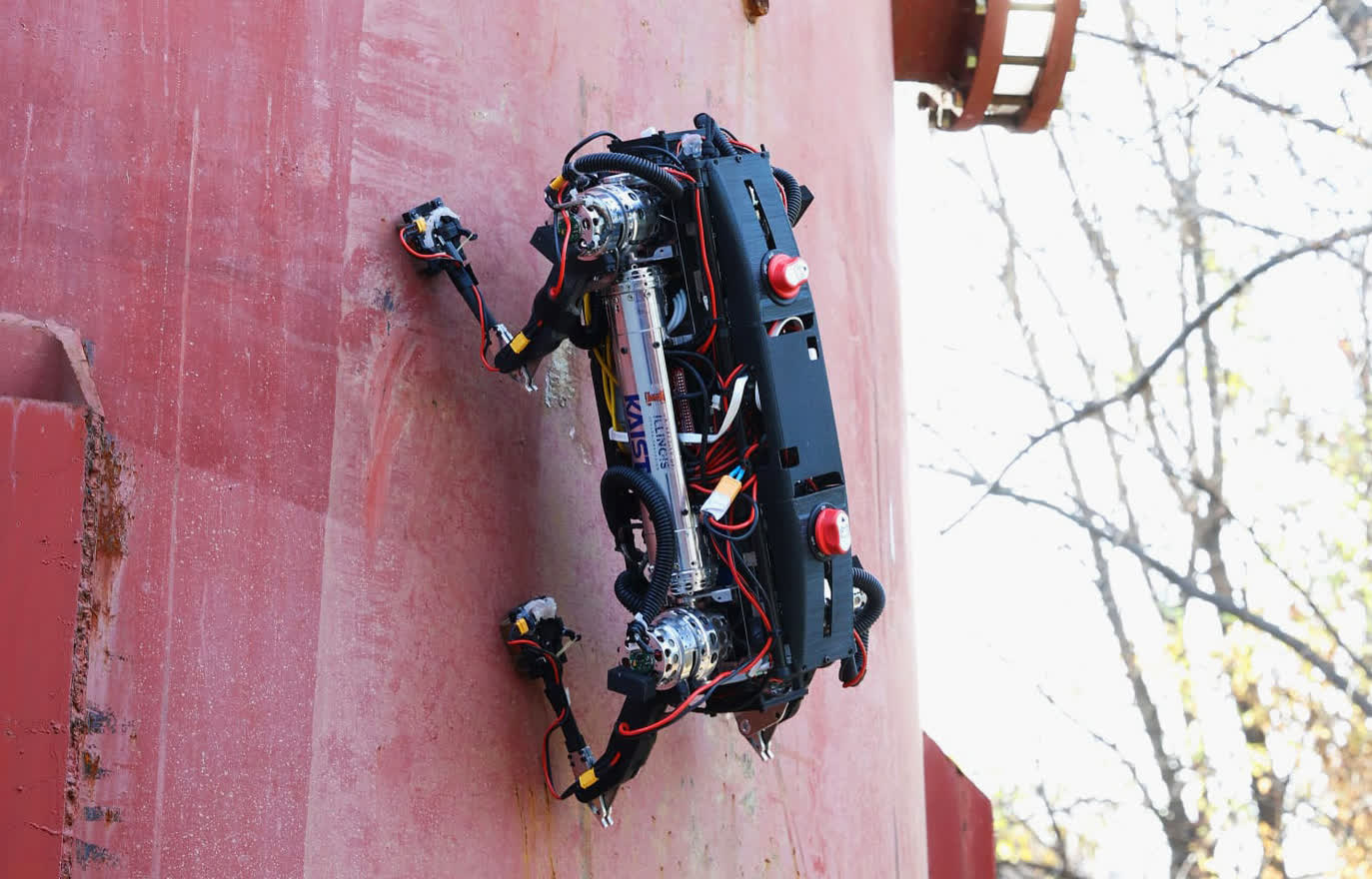
 www.techspot.com
www.techspot.com
